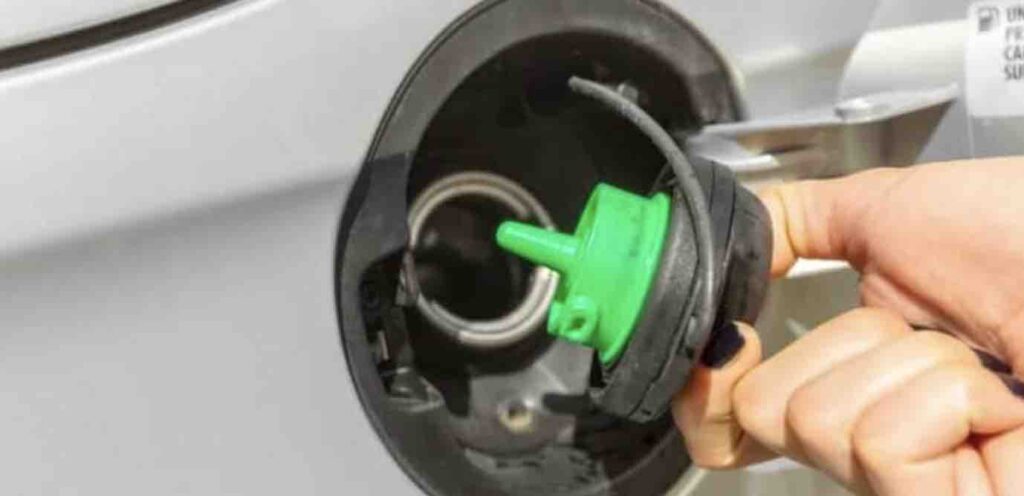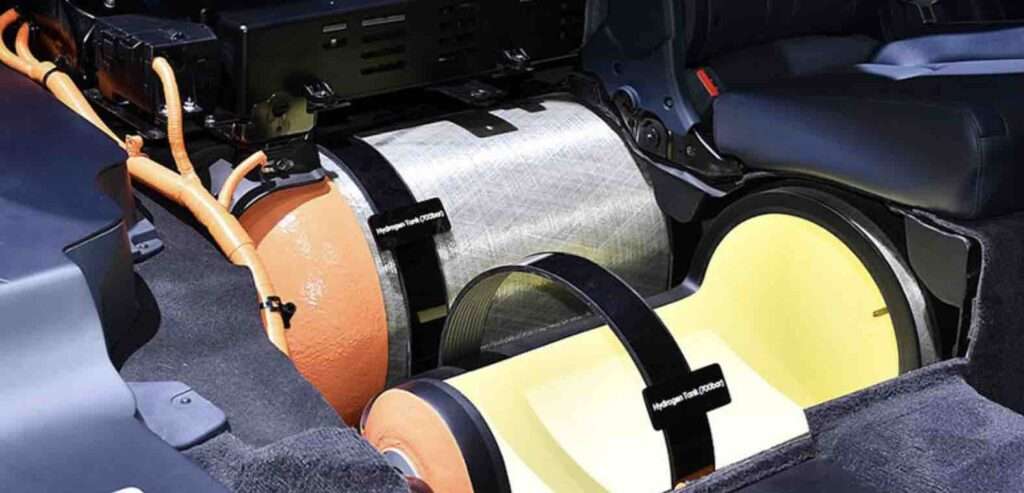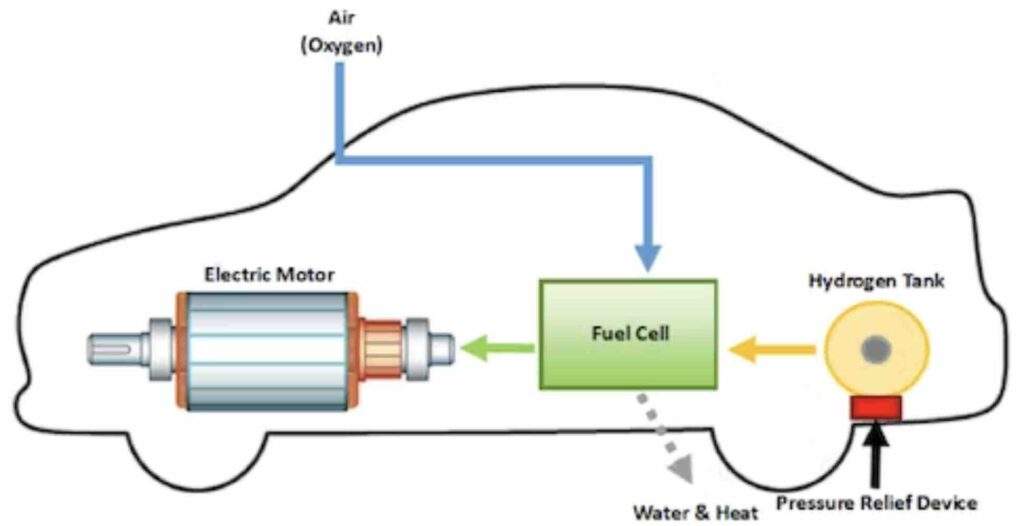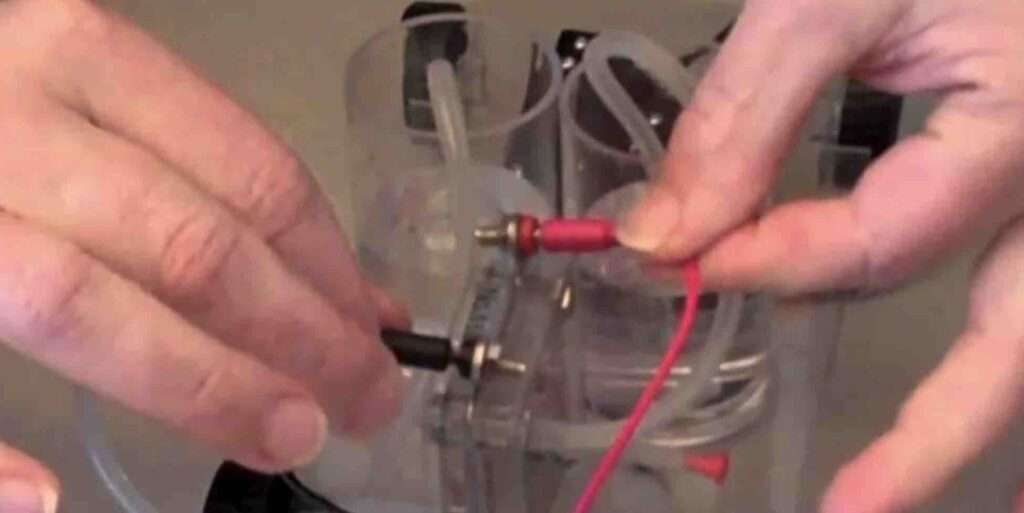What problems can a loose gas cap cause, and what are the symptoms of a bad gas tank cap find out in this post some of the obvious loose gas cap symptoms.

A gas cap, which is also often referred to as the fuel filler cap, is a crucial component found on most road vehicles. It serves a dual purpose which is:
- It helps in keeping debris out of the fuel tank.
- Provides a secure seal on the gas tank
- Aids in the operation of the evaporative emissions system by trapping fuel vapors for reuse.
Despite the simple design of the gas tank cap, you will agree that it is subjected to frequent use and, as a result, can wear out over time, requiring replacement. In the event of a faulty gas cap, there are typically some common symptoms that will alert the driver to the issue, which I will get to in a bit.
The gas cap is often overlooked when it comes to problems with the fuel tank or the smell of fuel from the vehicle. Over time, the rubber seals on the gas cap will harden and eventually wear out, causing it to fail.
A worn-out gas cap won’t seal the fuel tank as it should, and this can lead to more serious engine performance problems if the fuel is constantly becoming contaminated with dirt or water.
what problems can a loose gas cap cause
A loose gas cap can cause several issues, such as evaporative emissions system failure, a triggered Check Engine light, reduced fuel efficiency, environmental pollution, and fuel leakage. It is important to tighten the gas cap after refueling to avoid these problems and ensure the vehicle runs properly.
So that is the summary of it if you have wondered: “How do I know if my gas tank cap is bad”
Symptoms of a Bad Gas tank Cap
So here are the most Common symptoms of a bad gas tank cap and How you know if my gas tank cap is bad
1. Smell Of Fuel From The Outside Of The Vehicle
A bad gas cap can allow fuel vapors to escape from the vehicle as it no longer seals the tank as it should. This will lead to the smell of gas around the outside of the vehicle and sometimes inside. There are many other (more serious) reasons why fuel vapors are escaping from the fuel delivery system of your car. Here’s a full article explaining why your car smells like gas that goes into more detail.
2. Check Engine Light
Sometimes a bad gas cap can cause problems with the fuel system on your car. The fuel delivery system on modern cars is a complicated, highly pressurized system that runs from the gas cap right through to the fuel injectors. If there is a problem anywhere in the fuel system then this will lead to engine performance problems and a check engine light flashing on the dashboard.
A bad gas cap can let dirt or water vapor into the gas tank, and this can contaminate the fuel in the tank, leading to problems with the performance of the car. This can cause a bad fuel filter and can damage the fuel injectors if it happens regularly.
3. Poor Fuel Economy
A bad gas cap can lead to poor fuel economy. If the gas cap is not sealing the fuel tank, the fuel can become contaminated, and in some cases, fuel can actually evaporate from the tank.
Fuel escaping from the tank is usually only a problem for older cars, as newer tanks have one-way systems fitted that will prevent fuel and fuel vapors from escaping via a badly fitting gas cap. However, if the fuel is allowed to escape as vapor, this will lead to poorer fuel economy as fuel will literally disappear from the tank!
4. Various EMISSIONS-RELATED Error Codes
If the gas cap is no longer sealing the gas tank and is allowing fuel vapor to escape, or contaminants to get into the fuel, this will usually lead to problems with the vehicle Evaporative Emission System (EVAP). The EVAP system fitted to modern vehicles is there to manage the evaporation of fuel fumes from the gas tank. If there is a leak (a bad or failing gas cap) then this will trigger an error in the EVAP system that will be stored in the ECU memory. An engine code error can lead to a check engine light on the dashboard or changes to how the engine performs.
5. Gas Cap Not Fitting Properly
It might seem obvious, but a very common sign of a bad gas cap is one that does not fit or tighten properly. This is more common on older vehicles, where gas caps are made from metal rather than plastic; however, it can still be a problem with newer vehicles.
Newer gas caps are made from plastic and have rubber seals that ensure an air-tight fit. Over time, these seals can wear out by becoming hard and brittle. They can also become clogged up with dirt and dried fuel (especially if it’s a diesel fuel tank). These can all contribute to a gas cap that is difficult to fit, or that won’t tighten properly.
If it’s obvious that the gas cap is damaged or is not tightening properly, you should start by replacing it with a new OEM replacement. Gas caps are cheap, and you should always replace one with a genuine OEM gas cap from a dealership.
If you have a newer vehicle, it’s unlikely a bad gas cap will cause major problems with how the engine performs, and it is less likely that the gas cap will become damaged, to begin with.
Conclusion
The gas cap’s purpose is to provide a reliable cover that stops dust, debris, and dirt from entering the gas tank. It plays a significant role in converting dangerous fuel vapor into harmless discharge in the car’s emissions system. Because you have to remove and replace your vehicle’s gas cap for every refueling session, the cap eventually wears out, and you may need to replace t after some time. Loose gas caps can lead to fuel leakage problems that bring about uncomfortable smells and worse hazardous risks to you and your car.

Uchenna is a Radiographer and Auto parts mechanic who recently got his automotive diploma as an auto repair technician, and since then, has worked on fixing various car problems.
Working as just a radiographer, Uchenna didn’t just get all the fulfillment he desired, because he truly loved doing things tilted toward cars. As a kid, he would take apart his toy cars to see how they worked and would spend hours tinkering with his bike.
So, in 2017 he made the tough decision to become an auto mechanic. He threw himself into his studies and now loves every aspect of what he does.
He gets to work with his hands, solving problems and bringing cars back to life, and sharing his knowledge and easy quick-fix guide online are all part of what makes him feel fulfilled.




